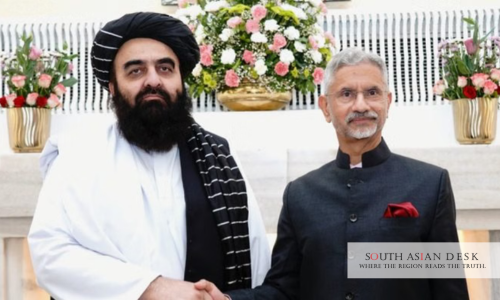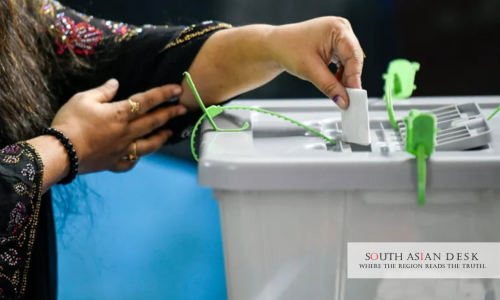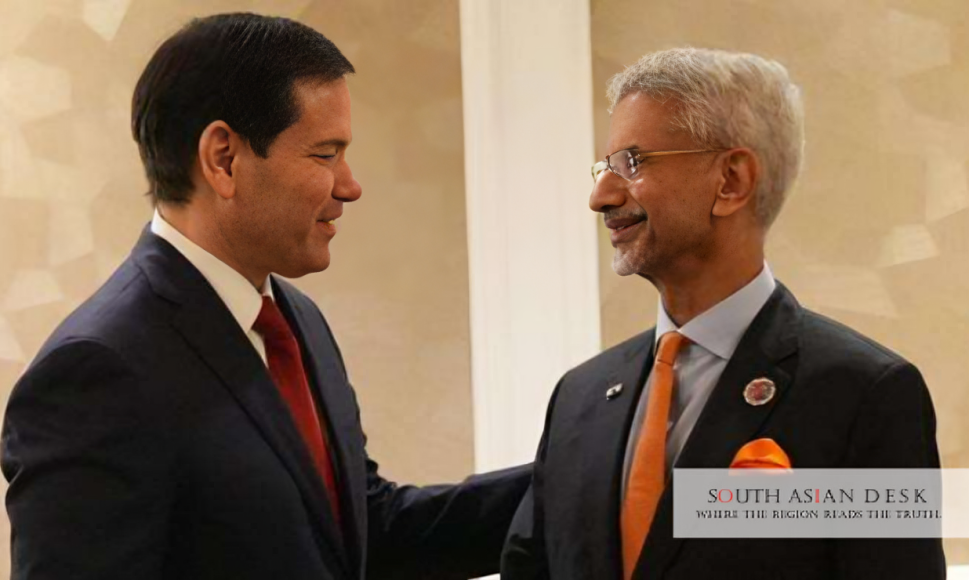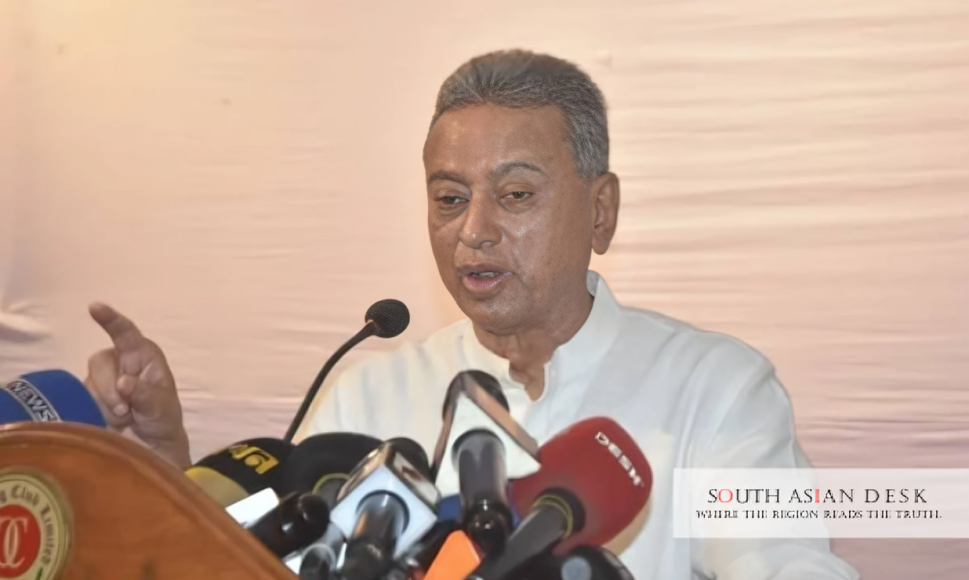New Delhi, August 25, 2025, 4:35 PM. The Wakhan Corridor India border, draws renewed attention after External Affairs Minister S. Jaishankar and Afghan counterpart Mawlawi Amir Khan Muttaqi issued a joint statement on October 10, 2025. The 106-km stretch links Ladakh to Afghanistan’s Badakhshan province. Discussions focused on sovereignty and security. This development counters Pakistan’s recent map assertions over the corridor.
The Wakhan Corridor, which borders India, matters deeply in South Asia. It bolsters India’s territorial narrative on Pakistan-occupied Jammu and Kashmir. The corridor enables potential land routes to Central Asia, bypassing Pakistan. It checks Chinese expansion via the Belt and Road Initiative. Enhanced India-Afghanistan ties promote regional stability, trade, and counter-terrorism efforts.
India Afghanistan Wakhan Corridor Revived
India, Afghanistan, Wakhan Corridor emerges as a strategic asset. The Ministry of Home Affairs lists it as India’s shortest land border at 106 km. This connects Ladakh directly to Afghanistan. Historical records from the Border Management Division confirm the linkage.
The joint statement underscores mutual respect for sovereignty. External Affairs Minister Jaishankar reiterated India’s friendship with the Afghan people. He highlighted cultural ties. Afghan Foreign Minister Muttaqi affirmed no use of Afghan soil against India. Both condemned terrorism from regional sources.
Pakistan released a map in October 2025 claiming the Wakhan Corridor. This covers nearly 10 per cent of Afghan territory. Islamabad views it as vital for Central Asian links with China. Afghan officials reject the claim. Clashes along the Pakistan-Afghanistan border intensified in mid-October 2025. Pakistani forces reported neutralising 50 to 70 militants near Chaman and Kurram sectors.
India’s Ministry of External Affairs notes the corridor’s buffer role. A 2022 lecture by MEA officials described it as a 60-km-wide zone created by the British to separate the Russian and Indian empires. Earlier inclusion of Afghanistan in SAARC could have formalised this border.
Development aid flows through this channel. India gifted 20 ambulances to Afghanistan on October 10, 2025. Projects include a 30-bed hospital in Kabul and five maternity clinics in Paktika, Khost, and Paktia provinces. Trade via the new India-Afghanistan Air Freight Corridor boosts commerce. Afghan invitations target Indian mining investments.
The corridor spans 350 km in length and 20 to 60 km in width. It covers an area of 10,300 square kilometers in Badakhshan. The population stands at 18,000 across 110 villages. Rugged terrain includes high passes near the Little Pamir.
Wakhan Corridor Geopolitical Play Intensifies
The Wakhan Corridor’s geopolitical significance involves multiple powers. China shares a 75-km border with the corridor in Xinjiang. Beijing slowed Belt and Road work to ease Pakistan’s concerns. Taliban delegations visited the Deoband seminary in India, signaling an outreach effort.
Jaishankar termed Pakistan a “shared threat” for India and Afghanistan. The joint statement appreciated Afghanistan’s stance on the Pahalgam attack in April 2025. India offered condolences for an earthquake in Nangarhar and Kunar provinces. Relief materials arrived promptly.
Historical precedents shape the narrative. In 1947, Gilgit-Baltistan returned to Maharaja Hari Singh. A mutiny led by Major William Brown raised Pakistan’s flag on November 1. India reserves 24 seats in the Jammu and Kashmir Assembly for PoJK and Gilgit-Baltistan residents. Demographic shifts in Gilgit-Baltistan raise alarms. The outsider-insider ratio hits 3.5:4. Punjabi and Muhajir populations may dominate by decade’s end, per Centre for Joint Warfare Studies. This marginalises indigenous groups.
India’s Citizenship Amendment Act of 2019 extended rights to Afghan Hindus and Sikhs. Home Minister Amit Shah affirmed the contiguous neighbourhood. The corridor borders PoJK’s Gilgit-Baltistan and Khyber Pakhtunkhwa.
Afghanistan joined SAARC in 2007, after being initially excluded in 1985. This rectified a gap that could have led to the activation of the Wakhan Corridor India border earlier. Recent X posts highlight tensions. One notes Pakistan’s aim to occupy the corridor, involving Tajikistan. Another details the 106-km link spotlighting Gilgit-Baltistan.
India aids reconstruction in earthquake-hit areas. Scholarships under the e-ICCR scheme support Afghan students: sports ties, especially cricket, foster cultural bonds. The Salma Dam in Herat receives Indian maintenance. Cooperation on hydroelectric projects addresses Afghanistan’s energy needs. This supports agriculture via sustainable water management.
India Forgotten Border: Afghanistan Unearthed
India’s forgotten border with Afghanistan refers to the 106-km frontier that is often overlooked. School maps frequently blurred it. Now, it anchors diplomacy. The corridor formed part of the Silk Road. It linked China, Central Asia, Europe, and South Asia. The British leased Gilgit-Baltistan for strategic control.
Post-independence, the 1947 accession integrated it into India. The mutiny disrupted this. Pakistan appointed a military governor. Current clashes involve artillery and drones. Pakistan destroyed eight Taliban tanks and two headquarters. Six Pakistani soldiers died. Civilian casualties reached 20.
India’s aid includes 75 prosthetic limbs fitted to Afghans, a Thalassemia Centre, and an oncology facility, providing advanced healthcare. The joint statement commits to regular engagement. This builds trust amid regional flux.
Background
The Wakhan Corridor dates to the 19th century as a buffer. Amir Sher Ali Khan ceded territory to Britain in 1873. Russia is pressured from the north.
India’s total border length is 15,107 km, as per the Constitution. Afghanistan ranks the shortest at 106 km. Others include Bangladesh at 4,097 km and China at 3,488 km. Taliban expansion reached the isolated Wakhan areas. Access to utilities remains nil. India resumed aid after 2021 at a reduced scale. Negotiations with the Taliban proceed without formal recognition.
What’s Next
India plans deeper infrastructure ties. The air freight corridor expands trade. Mining investments loom large. Counter-terror pacts strengthen. Sovereignty pledges hold firm. The Wakhan Corridor, which borders India, shapes South Asian geopolitics for years to come.
Published in SouthAsianDesk, October 23rd, 2025
Follow SouthAsianDesk on X, Instagram, and Facebook for insights on business and current affairs from across South Asia.






